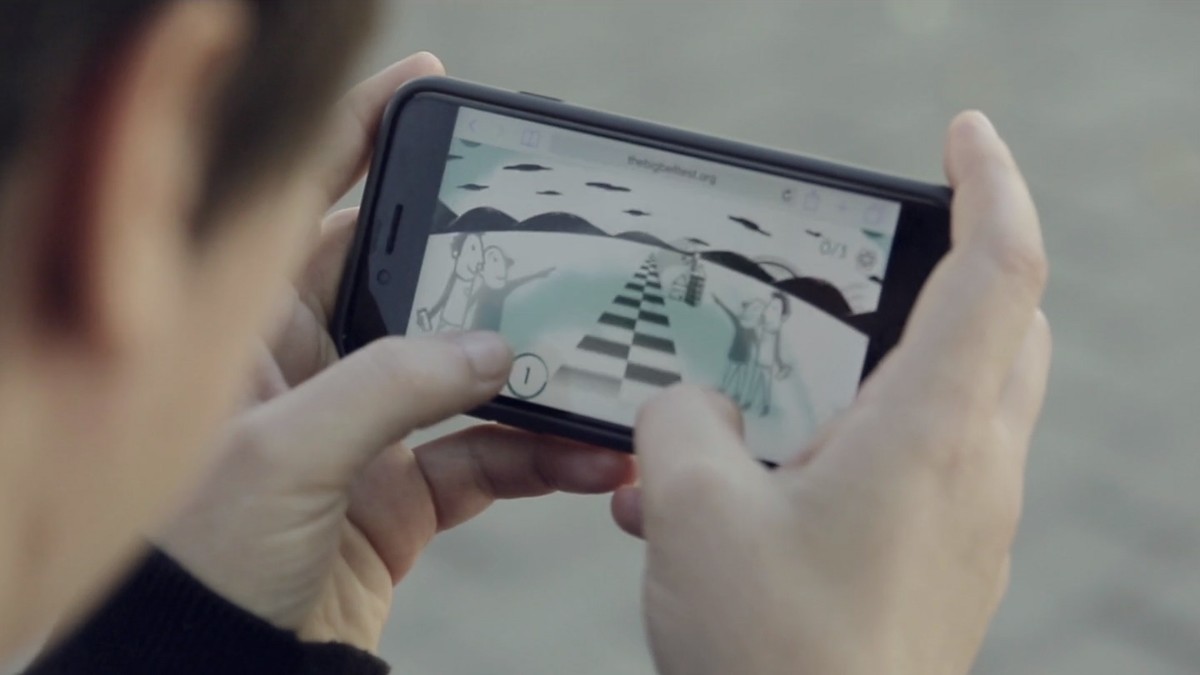The Results of a 100,000-Person Quantum Experiment Seem to Violate Einstein’s Theory of Local Realism

When you close your eyes, you don’t assume that the world is no longer there simply because you can’t see it. Similarly, everything we know about the age of the Earth, Sun, and moon suggests that all these celestial bodies were doing their thing long before some mostly hairless monkeys evolved to appreciate them. But what if your observation of the world was actually creating it?
It’s a trippy and counterintuitive idea, but one of the largest ever participatory experiments in physics just gave this hypothesis a major boost. Known as the BIG Bell test, it involved over 100,000 people using their cell phones to contribute data to 12 quantum research institutes around the world. These volunteers—known as Bellsters—played a video game to instruct over 100 scientists how to perform measurements on entangled particles and superconducting devices.
The experiment was meant to close the “freedom-of-choice” loophole in quantum experiments, which basically amounts to the notion that particles may influence the way researchers choose to measure them. By having these measurements dictated by a diverse group of 100,000 strangers, however, it would be impossible to predict in advance how the measurements would be made. This would, in principle, give researchers insight into whether the world exists independently of our observations of whether our observations shape the world.
The first results from the study were published today in Nature, and suggest that our observation of the world strongly influences it.
Source: vice.com